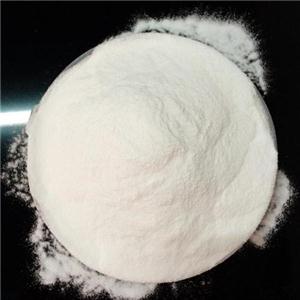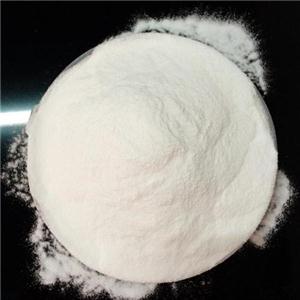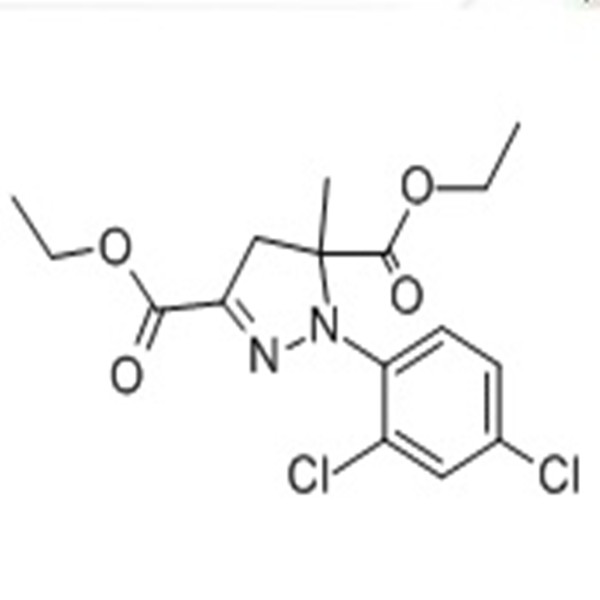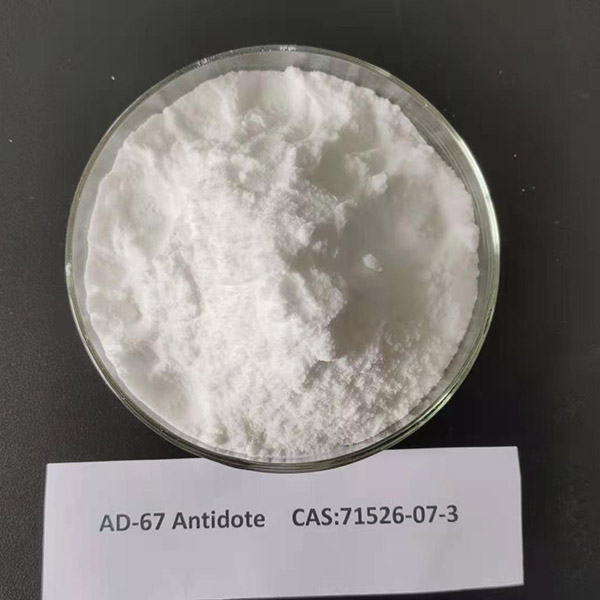2-Chlorobenzoic acid,CASNo.: 118-91-2
CASNo.: 118-91-2
Appearance: white coarse powder, easy to sublimate.
Melting point (℃):139
Boiling point (℃): sublimation
Solubility: Insoluble in water, soluble in methanol, absolute ethanol and ether.
Molecular structure data:
1. Molar refractive index: 38.07;
2. Molar volume (m3/mol):113.9;
3. Isotonic specific volume (90.2K):305.2;
4. Surface tension (dyne/cm):51.5;
5. Polarization (10-24cm3):15.09.
Edit the chemical properties of this paragraph.
Combustible in case of open flame and high heat. Decomposed by high heat, giving off corrosive and irritating smoke.
Toxicological data:
Acute toxicity: oral LD50:6460mg/kg in rats;
Oral ld50 of rabbits: > 500mg/kg.
Ecology data:
This substance is harmful to the environment, and can cause pollution to water and atmosphere. Organic acids are easy to form acid rain in the changes of atmospheric chemistry and atmospheric physics. Therefore, when the PH value drops below 5, it will cause serious harm to animals and plants, and the reproduction and development of fish will be seriously affected. Metals in the soil and sediment of the river basin can be dissolved into the water to poison fish. Acidification of water will also lead to changes in the composition and structure of aquatic organisms, with the increase of acid-resistant algae and fungi, but the decrease of rooted plants, bacteria and vertebrates, and the decrease of decomposition rate of organic matter. Acidification will seriously lead to the decrease or death of fish in lakes and rivers.
Edit this paragraph preparation.
There are three production methods as follows:
1. o-chlorotoluene is used as raw material for chlorination under photocatalysis to generate trichloromethyl o-chlorobenzene, and then hydrolyzed.
2. O-chlorotoluene is used as raw material and potassium permanganate is used as oxidant, and it is obtained by oxidation.
3. O-aminobenzoic acid was used as raw material, and diazotized with sodium nitrite in hydrochloric acid solution to generate diazonium salt, which was then reacted with hydrochloric acid under the action of copper chloride.
Other preparation methods are as follows:
Chlorination hydrolysis of o-chlorotoluene
O-chlorotoluene is placed in a reaction kettle, irradiated by ultraviolet light, and the reaction temperature is 100℃. Chlorine gas is introduced for chlorination reaction, and the depth of chlorination reaction is deepened to generate α, α, α, 2- tetrachlorotoluene, or α, α, 2- tetrachlorotoluene can also be obtained by chlorination of o-chlorotoluene with azodiisobutyronitrile as catalyst. Then, the above product is moved into a hydrolysis kettle, and a little acid is added to hydrolyze it.
Diazotization of o-aminobenzoic acid

With o-aminobenzoic acid as raw material, hydrochloric acid and sodium nitrite were added for diazotization, and then Cu2Cl2 solution dissolved in hydrochloric acid was added into diazotization solution, which was stirred while adding, and o-chlorobenzoic acid was obtained after post-treatment.
Edit this paragraph application.
Intermediates of dyes, pesticides, medicines, used in the manufacture of chlorpromazine, anti-inflammatory drugs, etc., used as preservatives for adhesives and coatings, raw materials for organic synthesis, and also used in dyes and color films. It can also be used as bactericide. It is the standard reagent of o-chlorobenzoic acid’s alkaline method and iodometry.












